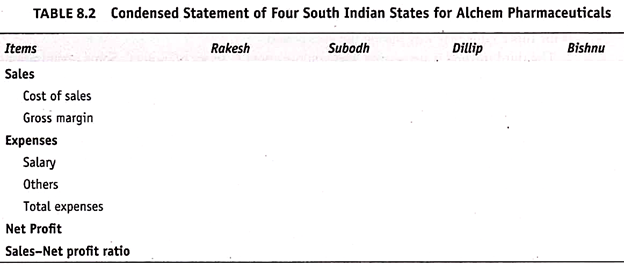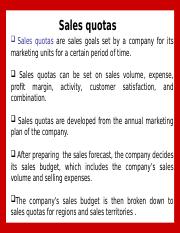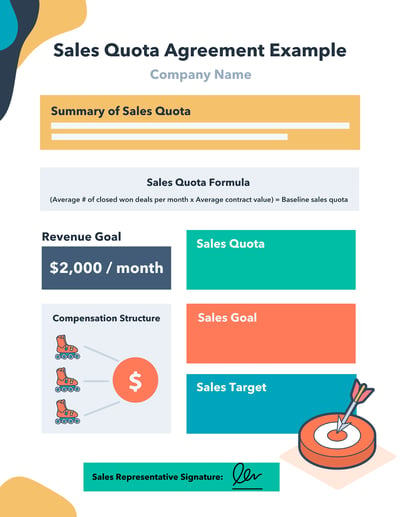Sales quotas are targets that companies set for their sales teams to achieve on a regular basis, such as monthly or quarterly. These quotas serve as a benchmark for sales performance and help companies track the progress of their sales efforts. There are several different methods that companies can use to set sales quotas, each of which has its own advantages and disadvantages.
One method of setting sales quotas is to use historical data as a guide. This approach involves analyzing past sales data to determine how much a company has been able to sell in the past, and then setting a quota based on this information. For example, if a company has consistently sold $100,000 worth of products each month for the past year, they might set a sales quota of $100,000 for the following month. This method is relatively simple and easy to understand, and it can provide a good baseline for setting quotas. However, it does not take into account changes in the market or changes within the company that might affect future sales.
Another method of setting sales quotas is to use a percentage of the company's overall sales goals. This approach involves setting a specific percentage of the company's total sales goal that each salesperson is expected to contribute. For example, if a company has a sales goal of $1 million for the year, and they have 10 salespeople, they might set a quota of $100,000 for each salesperson, or 10% of the overall goal. This method allows for some flexibility in terms of how each salesperson contributes to the overall goal, and it can help ensure that the company's sales efforts are well-balanced. However, it may be difficult to set quotas accurately if the company's overall sales goals are uncertain or subject to change.
A third method of setting sales quotas is to use market data as a guide. This approach involves analyzing data about the market in which the company operates, such as the size of the market, the competition, and the demand for the company's products. Based on this data, the company can set quotas that are realistic and achievable, given the market conditions. This method can be particularly useful for companies that operate in rapidly-changing or highly-competitive markets, as it allows them to adapt their sales quotas to the changing market conditions. However, it may be difficult to obtain reliable and up-to-date market data, and the quotas set using this method may be more difficult to explain to salespeople.
In conclusion, there are several different methods that companies can use to set sales quotas, including using historical data, setting a percentage of overall sales goals, and using market data. Each of these methods has its own advantages and disadvantages, and the best approach will depend on the specific needs and goals of the company.






